Exploring Market Trends for H Metal Beam at the 138th Canton Fair 2025: Insights from Industry Data
As we approach the 138th Canton Fair in 2025, the demand for H Metal Beams continues to gain momentum in the construction and manufacturing sectors.
Recent industry data suggests that the global steel market is projected to reach $1.1 trillion by 2025, with H Metal Beams accounting for a significant portion of this growth due to their structural advantages and versatility.
Reports indicate a 10% annual increase in demand for H Metal Beams over the past few years, driven by urbanization and infrastructural development in emerging economies.

Furthermore, advancements in production technologies are enhancing the quality and cost-effectiveness of H Metal Beams, making them a preferred choice among architects and engineers.
As stakeholders gather at the Canton Fair, it presents a pivotal opportunity to explore innovative trends, establish valuable connections, and implement strategic plans that align with the evolving market landscape for H Metal Beams.
Market Overview of H Metal Beam: Current Trends and Future Projections
The market for H Metal Beams is witnessing notable trends as it prepares for the 138th Canton Fair in 2025. Currently, the overall demand for structural steel products, including H Metal Beams, is driven by a resurgence in construction activities across various sectors. This upswing is fueled by global infrastructure development initiatives and increasing urbanization, which create a significant need for robust building materials. Industry data indicates a steady growth trajectory, with projections suggesting that the demand for H Metal Beams will expand as new construction projects emerge and existing infrastructures require upgrades.
Looking ahead, future projections indicate that the market for H Metal Beams will continue to evolve, with technological advancements playing a crucial role in enhancing production processes and product performance. Manufacturers are increasingly adopting innovative techniques to improve the strength-to-weight ratio of H Metal Beams, making them more appealing to construction firms. Additionally, sustainability trends are influencing market dynamics, pushing manufacturers to explore eco-friendly materials and processes. As these factors converge, the H Metal Beam market is poised for growth, promising a variety of opportunities for stakeholders within the industry.
Key Players in the H Metal Beam Industry and Their Market Strategies
The H metal beam industry is witnessing significant transformations, driven by key players employing diverse market strategies to capture a larger share of the evolving market. By focusing on sustainability and innovation, these companies aim to enhance their product offerings and meet the growing demand for environmentally friendly materials. The emphasis on green technology is particularly crucial as the industry aligns itself with global trends towards reduced carbon footprints and sustainable construction practices.
Market leaders are also investing heavily in research and development, fostering collaborations across various sectors to improve the performance and efficiency of H metal beams. This focus on technological advancements not only positions these players favorably against competitors but also addresses the rising consumer expectations for quality and sustainability. With the upcoming 138th Canton Fair, insights into these strategies will likely reveal how these companies plan to adapt and thrive in an increasingly competitive landscape, ensuring they remain at the forefront of industry trends.
Technological Innovations in H Metal Beam Production and Application
At the 138th Canton Fair in 2025, the spotlight will be on technological innovations in H metal beam production and application. Advances in automation and robotics are revolutionizing manufacturing processes, resulting in increased precision and efficiency. Automated welding techniques and advanced cutting technologies are minimizing production time while enhancing the structural integrity of H metal beams. These innovations not only reduce waste but also lower production costs, making high-quality beams more accessible to a broader market.
Additionally, the application of smart materials and construction technologies is transforming how H metal beams are utilized in building projects. Incorporating sensors into beam designs enables real-time monitoring of structural integrity and stress levels, ensuring safety and longevity. Furthermore, the introduction of environmentally friendly production methods aligns with the industry’s sustainability goals, as manufacturers increasingly focus on reducing their carbon footprint. These technological breakthroughs are not only optimizing production but are also opening new avenues for the application of H metal beams in various sectors, including construction, transportation, and energy.
Competitive Analysis: Comparing H Metal Beam Markets in Asia and Beyond
The H metal beam market is experiencing dynamic shifts, particularly in Asia, influenced by broader economic trends and competitive factors. As the region grapples with issues such as overcapacity and modernization, the demand for high-quality metal beams remains strong. The influx of innovative manufacturing techniques and the continuous supply from countries like China and Japan further intensify competition. In this landscape, countries must navigate the complexities of technological advancements and trade dynamics, especially following significant tariff changes that have altered traditional trade relationships.
Comparing the H metal beam markets across Asia reveals distinct competitive strategies. While countries like China leverage their substantial production capabilities, Japan maintains a premium on quality, particularly in the MJP aluminium market, which sets benchmarks for the entire region. The competition is not just about pricing but also about innovation and sustainability, as companies aim to meet the evolving demands for eco-friendly construction materials. As Southeast Asia becomes a new hub for manufacturing, players in the H metal beam market must adapt quickly to remain competitive, focusing on both regional collaboration and global outreach to harness emerging opportunities.
Sustainability and Regulatory Impacts on H Metal Beam Demand and Supply
The demand and supply dynamics of H Metal Beams are increasingly influenced by sustainability and regulatory frameworks in the construction industry. Recent industry data highlights a significant shift towards sustainable building materials, with H Metal Beams benefiting from innovative production technologies that prioritize environmentally friendly practices. Sustainable alternatives not only meet regulatory standards but also enhance the performance of traditional metal beams, making them a desirable choice for eco-conscious builders and developers.
As construction companies adapt to stringent environmental regulations, the emphasis on sustainability drives the innovation of H Metal Beam manufacturing processes. This trend is supported by advancements that reduce carbon emissions and improve material efficiency. Consequently, the market for H Metal Beams is witnessing growth, as stakeholders prioritize materials that align with sustainability goals and adhere to new compliance measures.
The 138th Canton Fair in 2025 will serve as a key platform for showcasing these trends, providing insights into how the industry is navigating the challenges and opportunities presented by sustainability in the metal construction segment.

